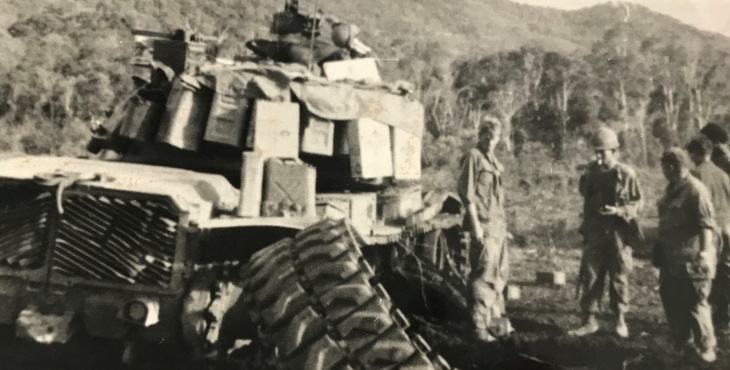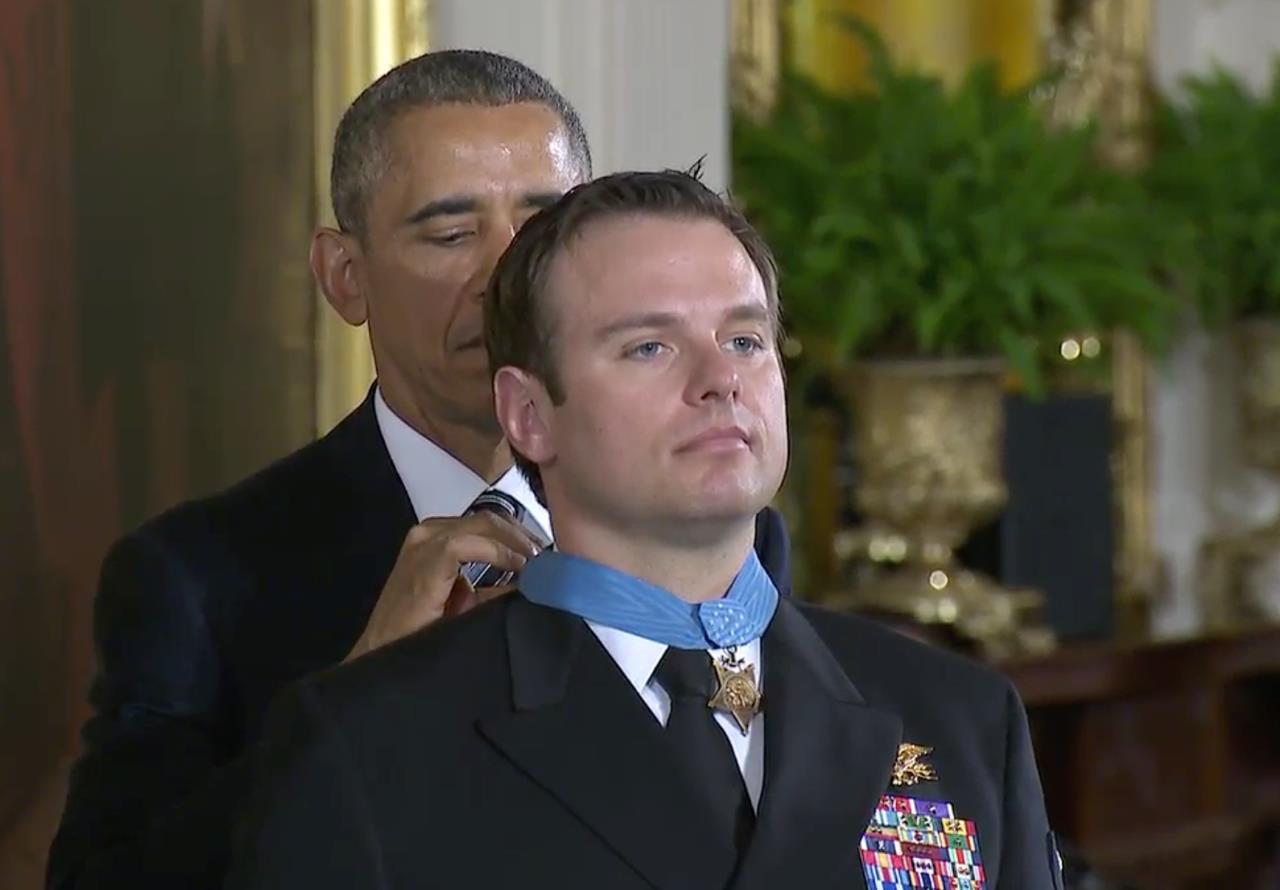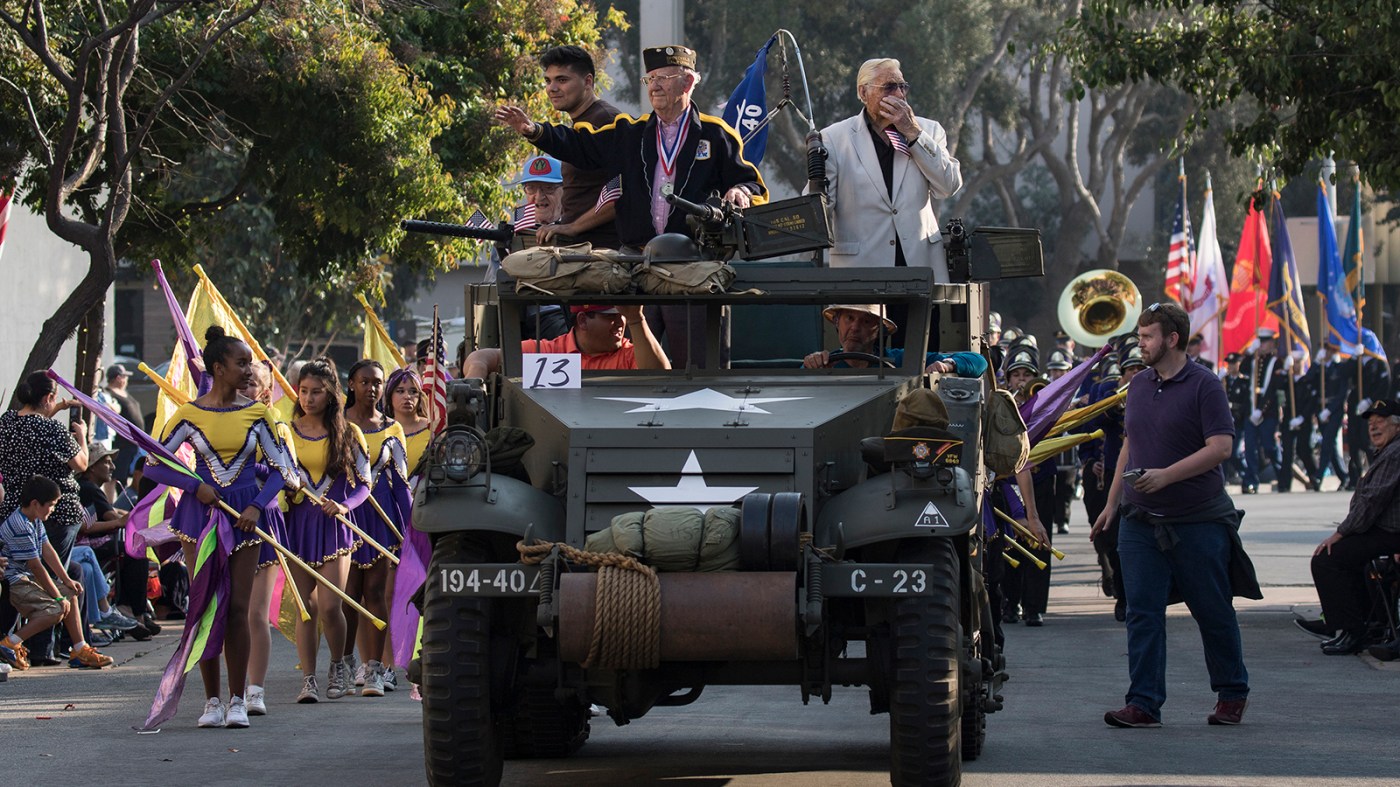Everyone who works at the VA is familiar with the saying “When you’ve seen one VA, you’ve seen one VA!” This, however, is a tale of two VAs and more.
I am a Vietnam Combat Veteran having served as a combat medic in the Army’s Fourth Infantry Division. During my year-long tour as the medic for a tank company operating in the central highlands of South Vietnam, I became experienced in several kinds of combat with both the North Vietnamese Army and the Viet Cong.
I had been called upon to treat in the field, soldiers with traumatic amputations of their legs when RPG anti-tank rockets had sheared them off; with sucking chest wounds from gunshots and hand grenade wounds; crush injuries from antitank landmines; blast injuries from 122 mm and 240 mm rockets fired as artillery; burned beyond recognition bodies and a host of other combat and accidental injuries as well as tropical diseases. It was certainly a serious education for an 18 year-old, with a long lasting impact that I could not even imagine when it began.

After serving seven years, two months in the Army and mustering out 10 months early due to service-connected disabilities, I tried to recapture civilian life post war and post army. Initially, I thought it would be routine but it was not. After experiencing many bouts with depression and having serious constant nightmares, I went to the first VA I had ever encountered, the VA Medical Center at Brookpark in Cleveland, Ohio, for treatment of what was at the time being called “Post Vietnam Syndrome.”
I met with and saw a provider that initially was quite friendly, then after greeting me in the waiting area and escorting me to his office, his attitude changed rapidly. As I settled in my seat the gentleman looked sternly at me and clearly stated “You ought to be ashamed of yourself.”
I was bewildered, “What, wha do you mean, why?” I stuttered.
He looked me up and down and said, “I see men in here with amputations all of the time and you have both of your legs and both of your arms, you really should be ashamed to come here to the VA.”
I sat for a few deliberate minutes thinking about him and then walked out. That was my first experience with the VA. It would stay with me consciously and also unconsciously for a long time.
Twenty-eight years later in 2010, I began my career as a part-time chaplain at the Dayton, Ohio VA Medical Center. I noticed after a few months that every morning when I would go through the lobby doors to report for work, I felt angry. I couldn’t put my finger on any particular reason I was just angry and had all of the concomitant biological signs that go along with it.
I asked the Lord in prayer one day why I was angry. His reply was to point out to me several providers that I would encounter each day on my spiritual care rounds. Most were nurses. He informed me that “These are not Veterans, but they love Veterans and are giving of themselves to serve Veterans like you, every day without notice.”
I implicitly understood that I had to let go of those first VA memories and experiences along with the associated anger and embrace the positive, loving care I saw every day at the VA in every venue I passed through as a chaplain. This was my second VA.
Nearly every Vietnam Veteran at some point in their life has been suspicious of the government as a result of their war and the way they were treated upon return. Often, that has carried over to their experiences with VA and their health care.
However, VA, like people, can and does change. In just my lifetime I have seen it change. Since those first experiences after my own war, I have served Veterans as a chaplain at three different medical centers. In each I have seen the majority of the employees serving Veterans with love and compassion as well as excellence. They truly live the ICARE values that VA stands for and together makeup not only the largest health care system in the nation, but also without a doubt the best. Many of us owe our lives to VA and those who serve within it.
Let us never give up on VA as it is made up of people, including great people and people of excellence. I still work at the VA, as a chief of Chaplain Service and I have come to love the VA because it is made up of people. People that love and serve Veterans every day without fanfare whether or not they are Veterans themselves.

Topics in this story
More Stories
VA recently developed a pilot program providing direct and specialized assistance for the 65 living Medal of Honor recipients nationwide.
This year, Veterans Day ceremonies recognized by VA will be held in 66 communities throughout 34 states and the District of Columbia to honor the nation's veterans.
A personal reflection on generational service from VA Deputy Assistant Secretary Aaron Scheinberg.






